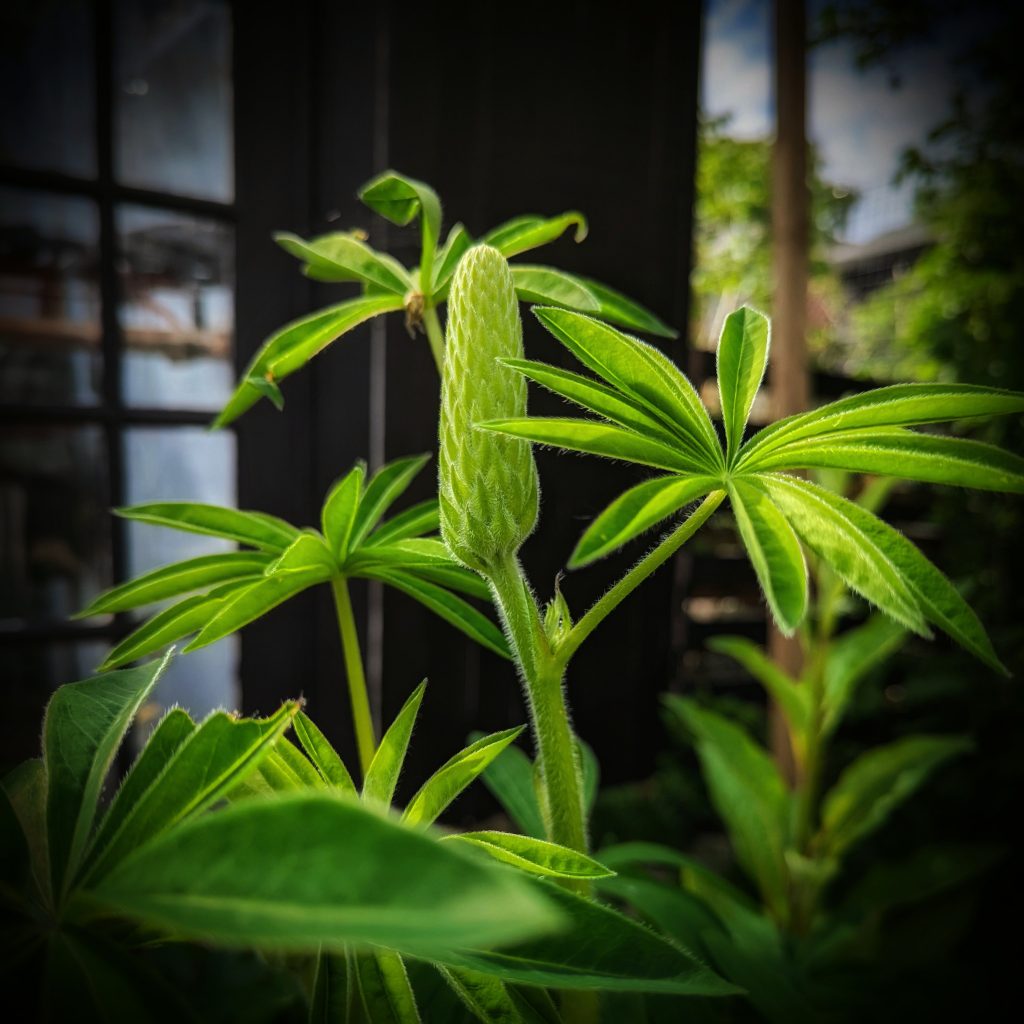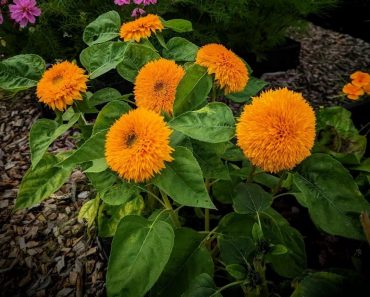Lupins are a Classically Beautiful English Garden delight! Growing Perennial Lupins from Seed is an easy process, that even a novice gardener can master.

This post may contain affiliate links please see my disclosure policy
Where do Lupins Come From?
A Cottage Garden favourite these statuesque elegant flowers, bring the wow! They are the show-boaters of the flower world and have dominated English Garden beds for centuries. Regarded as a quintessentially English flower it may surprise you to find out their origins are actually not British but North American.

Lupin Characteristics
There are over 200 species of Lupin! Mostly Perennial, these plants produce tall spires of bright flowers, every shade of the rainbow! In the UK they bloom from early Spring onwards and if you’re lucky, a second bloom will occur later on in the season as long as you keep up with the deadheading.

The Lupin Flower
The flowers Bloom from the Bottom upwards, slowly delighting the eyes as each day passes, they are most definitely worth the wait! They come in a multitude of colours and are a favourite of the Bees, a wonderful flower for bringing pollinators to the Garden.

Lupin Leaves
Lupins have dense green leaves with a star like formation and in my opinion are just as spectacular as the flowers themselves!

They are particularly beautiful after rainfall, little beads of water collect in the centre of the leaves creating a beautiful botanical Visual of the wonder of Nature.

Are Lupins Invasive?
They can be, but this is easily managed. Lupins generate seed pods every year after they bloom, if allowed they will burst and scatter their seeds, readily self seeding, sometimes in places you don’t want them. But if you maintain them regularly and deadhead when required you should have no problems.
Are Lupins Poisonous?
Lupins contain Alkaloid chemicals, which can be toxic to both humans and animals if eaten. Newly emerging growth in the Spring and the seeds and pods that develop later in the summer are the most poisonous parts. However, the level of toxicity does wane as the plant gets older (Lupins can live for around 7 years)
*Bear this in mind when choosing where to plant them.
Growing Lupins From Seed
Lupins are a Perennial plant so seeds sown this year will not bloom until the following year. The First year is foliage, the 2nd year it blooms. Good things come to those who wait!

Which Lupins to Choose?
Affiliate Links
This is the hard part! How do you decide between Beautiful and Beautiful? Do a quick google and you’ll be overwhelmed with choices!
Let me make the choice easy for you! Cant decide which colour to choose? Go with Lupin Russell Mixed this variety is a fantastic choice for multi coloured blooms for that show stopper flower bed! This is the variety I grow the most.

How to Sow Lupin Seeds
Sowing Indoors
Sow indoors in modules or trays , 1 cm deep , March to May on a Sunny Windowsill. Cover with a propagator lid or plastic (cling wrap etc, just until seedlings emerge) Germination should occur within 10-14 days *If sowing in Trays, prick out and pot on into their own modules or pots once large enough.
Sowing Outdoors
Direct sow thinly in a prepared bed around 5 cms apart from April-July. Allow the plants to mature then plant in their final position in Autumn, for blooms the following year.
What is Pricking out?
Pricking out, is simply the process of separating seedlings growing together and repotting them in individual pots or modules. Top Tip* Lift seedlings by the leaf, never by the stem, you risk the seedling breaking if handled that way.

Growing On
Once the seedlings are large enough, acclimatise them to the outdoors through the process of hardening off. Plant them in their final positions by Autumn, for blooms the following Spring-Summer
What Is Hardening off ?
Plants raised indoors or in a greenhouse environment, need to be acclimatised to cooler temperatures and increased air movement for about two to three weeks before they are planted outdoors permanently . This ‘is a toughening up’ practice to prepare the plants for their new environment
How to Harden Off
Place your plants out for a couple of hours in a shady part of the garden. The next day, leave them out again for two hours, but this time allow the plants an hour of direct sunshine in the morning. Gradually continue to increase the length of time the plants are in direct sunshine over the course of roughly two weeks.

How to take Care of Lupins
Plant your Lupins in full sun to partial shade, they prefer a moist but well drained soil. Deadhead the flowers a couple of inches below the flower spire, once the bloom spires are 2/3 faded. You may be rewarded with a second flourish of flowers !
More Flower Growing Posts
How to grow Foxgloves from seed
How To Grow Sweet Pea from Seed








